
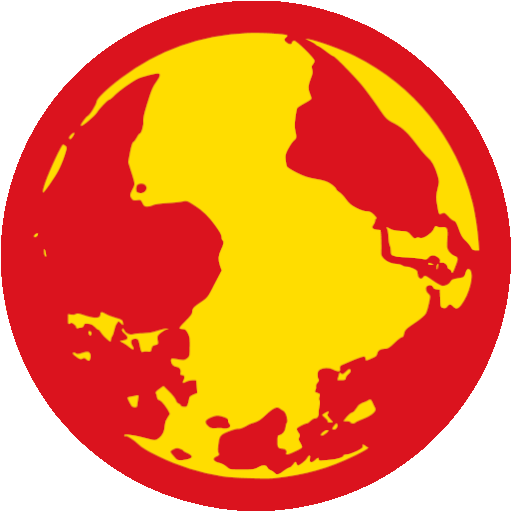
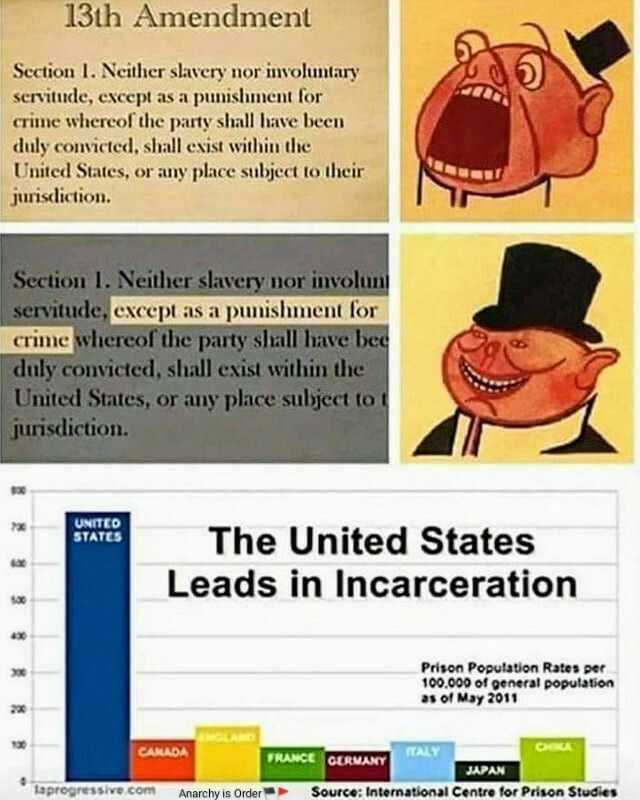




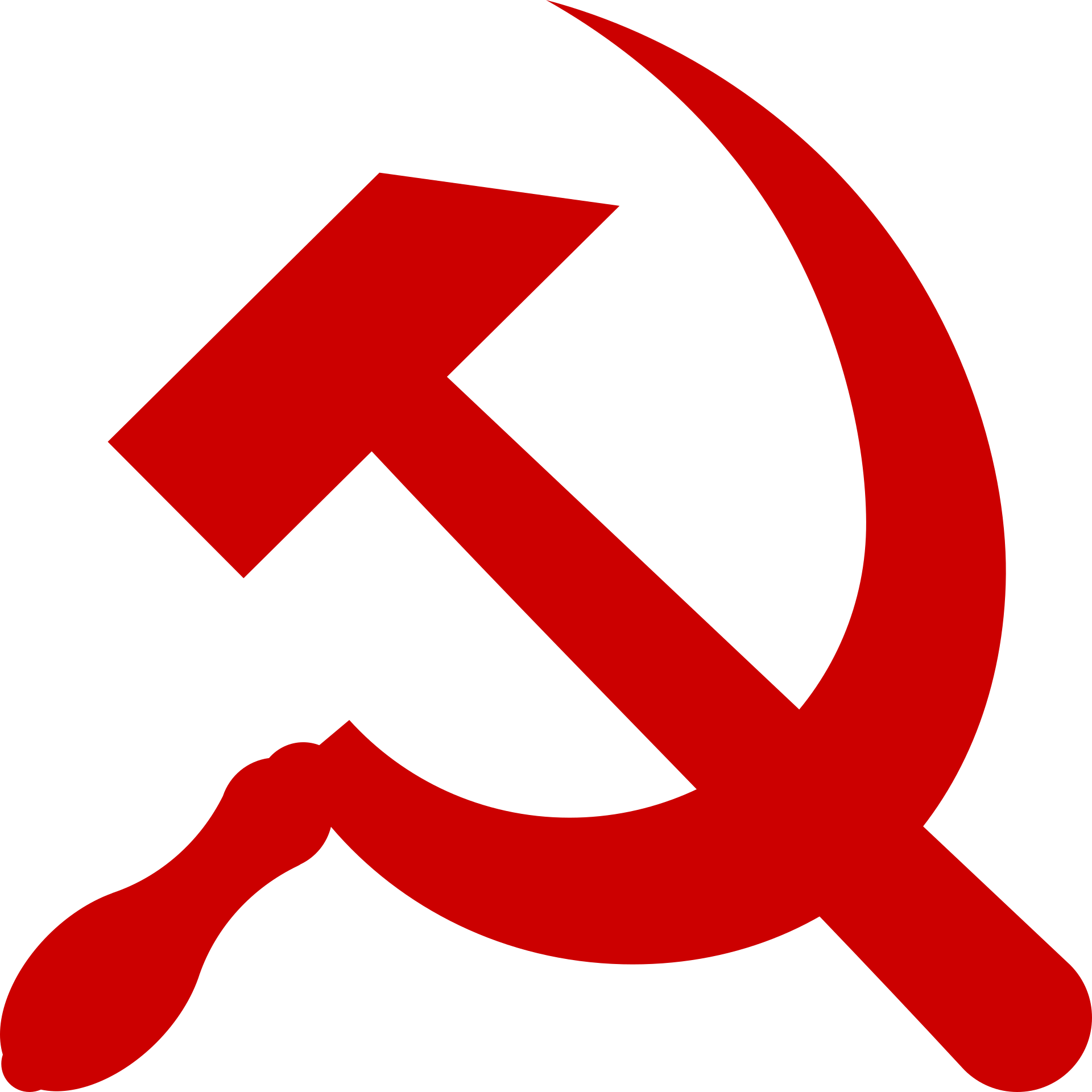
Violence is the only thing that has ever destroyed oppression.
Violence, and the threat of violence, is the only way to make someone who is persecuting you for their own material benefit stop.


There was another post somewhere with the calculation of the actual explosive warhead mass converted into TNT equivalent, and it was around 6kT total, just over a third of Little Boy which was 15kT. Which is still absolutely fucking insane.

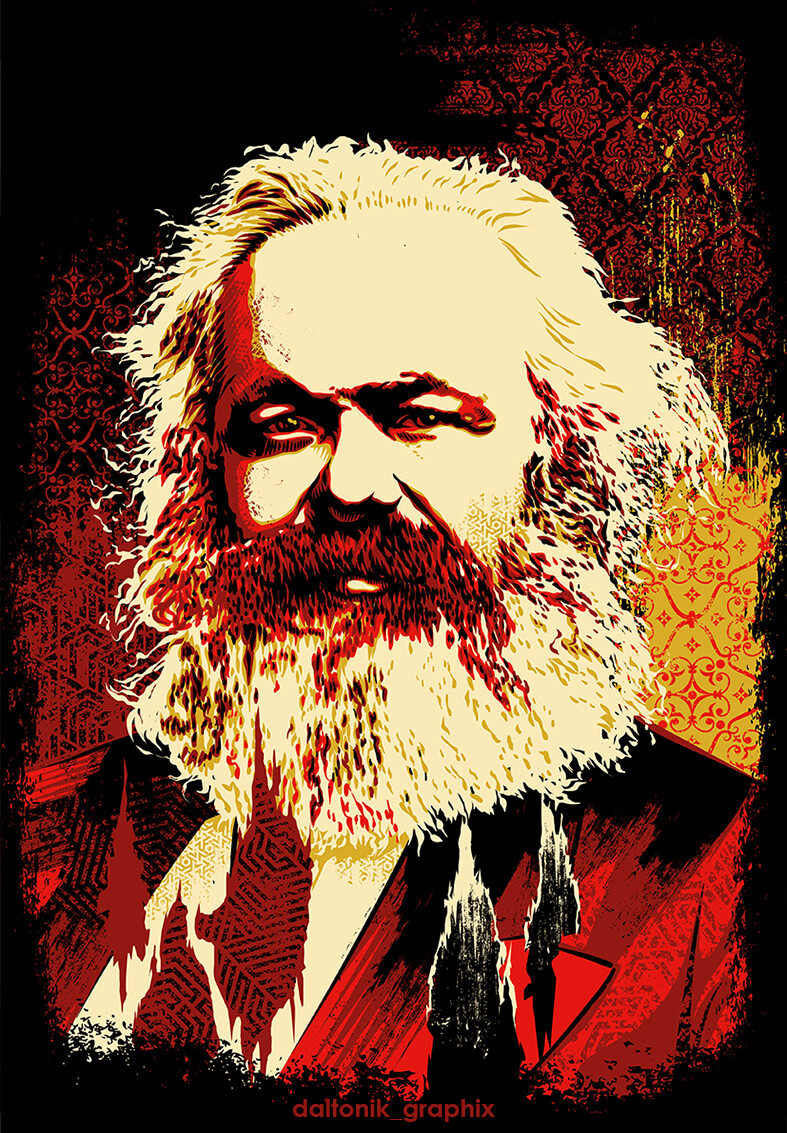
Overeating the core: just declining empire things
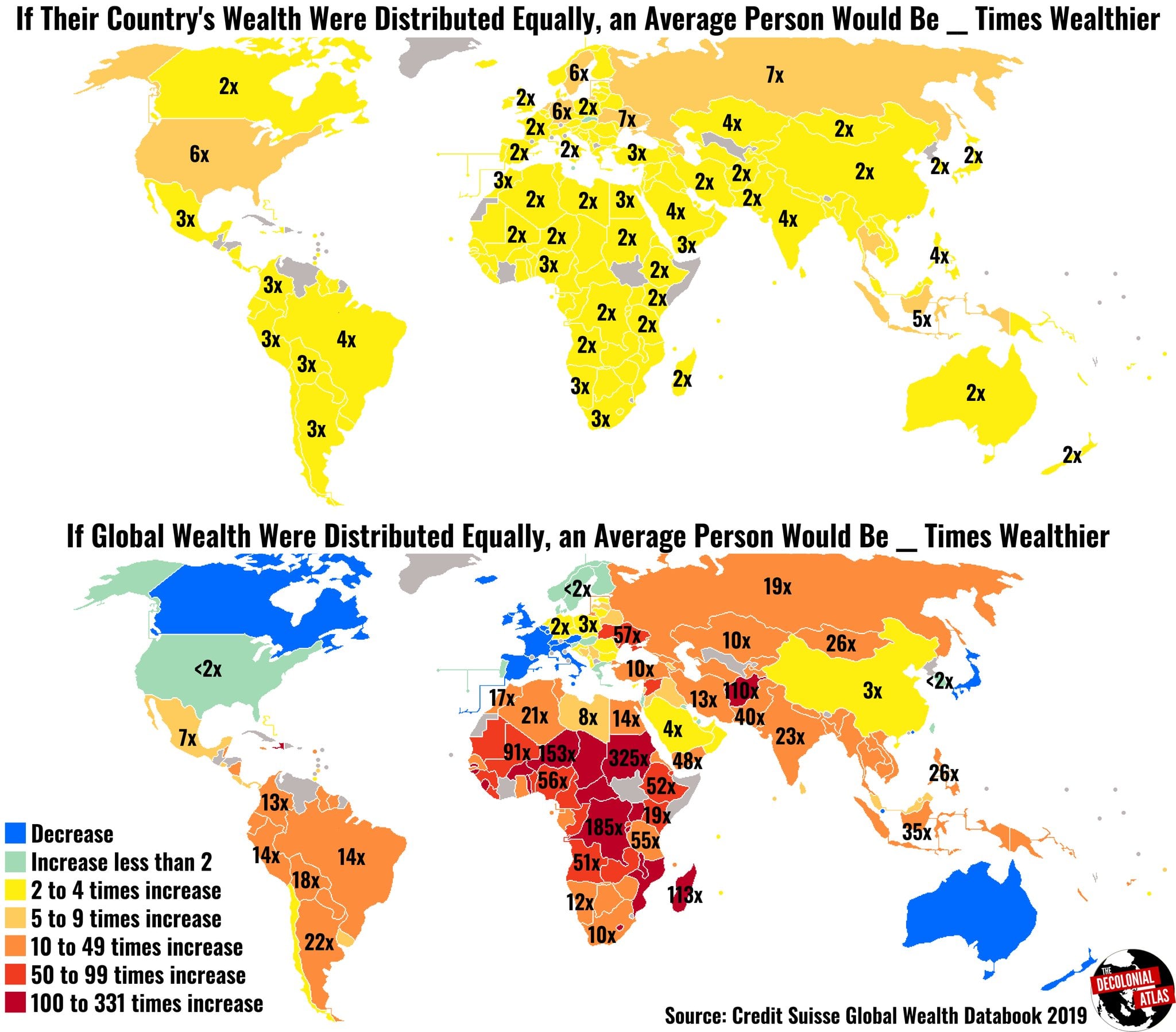


No it cannot, because the Ukrainian army and regime is filled with nazis that want to ethnic-cleanse the Russian speaking population.
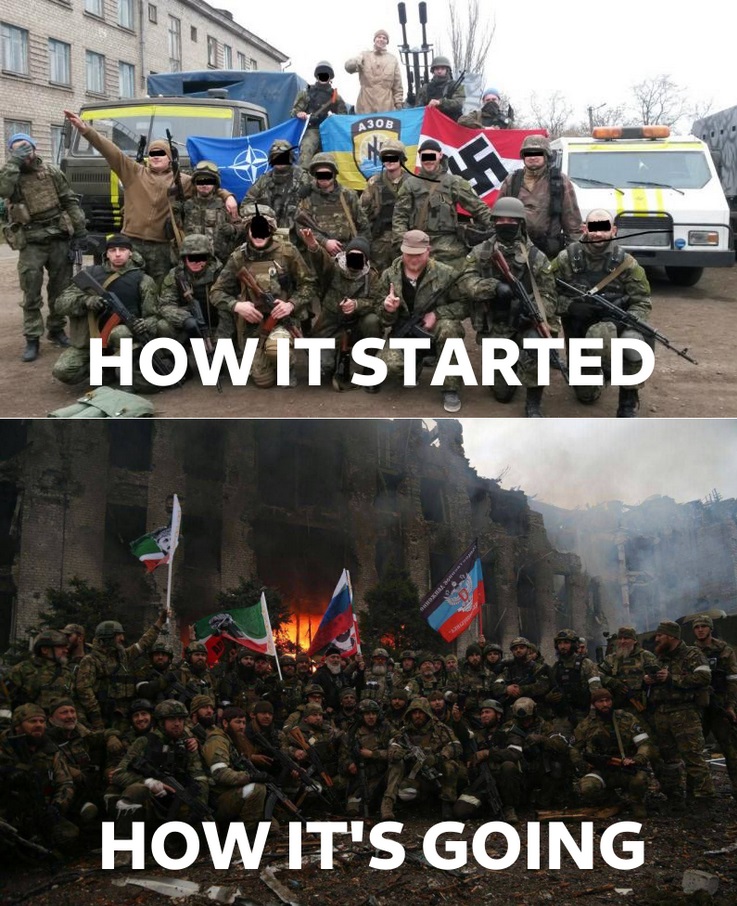
Here is a video of a Ukrainian nazi conference on the 5th of February 2022 (!) discussing the end goal of a dismembered Russia, which these nazis expected to gain a large share of the spoils from.
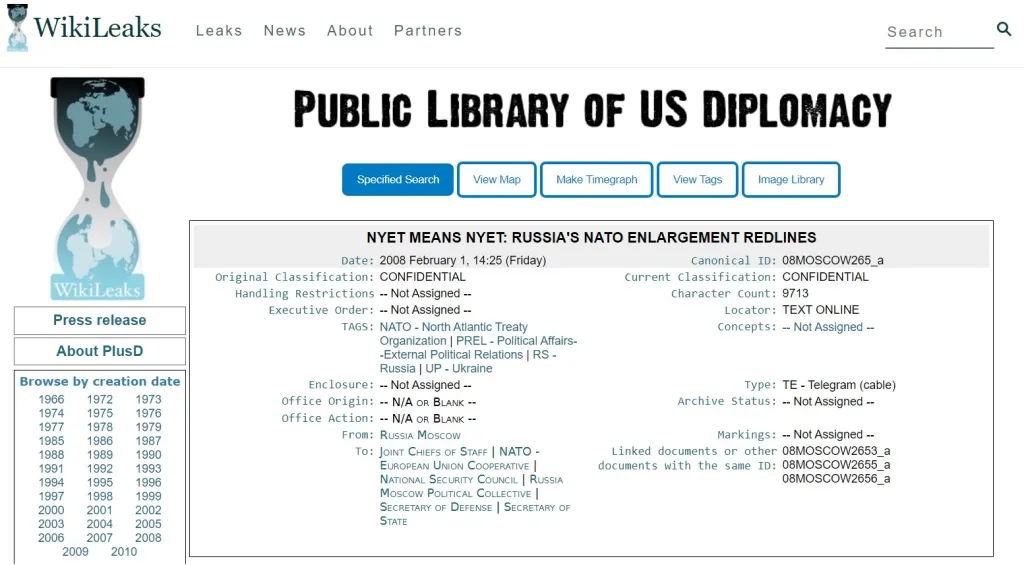
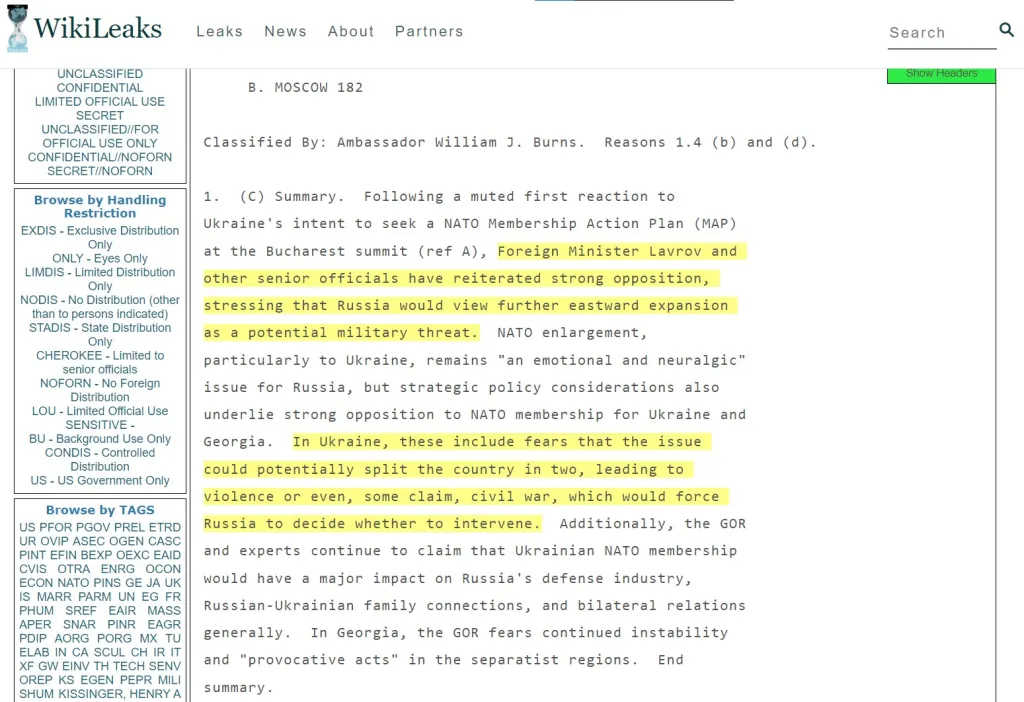
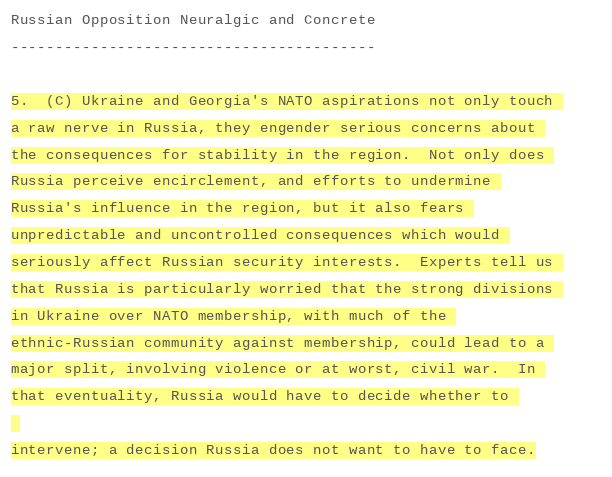


The Chinese Nationalists thought that military power should decide that they were in charge of China, right up until the People’s Liberation Army fucking bodied them and they fled to their little island with their tails between their legs (and then conducted massacres against the native population and anyone remotely leftist).
This “”“independence dispute”“” would have been resolved seventy years ago had the US Navy not stuck their fucking imperial beak in and stopped the communists chasing down these fascist war criminals and finishing the job.


Everything that exists takes its shape from a balance of opposing forces internal to its structure, and everything that exists is either coming into existence or fading from it.
For the first point, imagine a suspension bridge. The shape of the bridge is formed from the opposing forces of its wires pulling in opposite directions, but instead of cancelling out or one force winning over the other, the two opposed forces result in a synthesis - the structure of the bridge holding up against gravity.
For the second point, consider a mountain range. It is either rising up due to tectonic shifts or it is weathering away from wind, rain and frost. Either it’s rising up faster (as the Himalayas are today), or it’s weathering away faster (as most other places) - if the two rates happen to be exactly equal for a time then you have a moment of equilibrium, which are very rare in nature and only ever exist as a dynamic equilibrium. This is the complete opposite conclusion to the kind of ‘mechanistic’ materialism that underpins liberalism, where stasis and stillness are assumed to be the natural state of any system. With a dialectical understanding we can see that change is the natural state of a system, while equilibrium is fleeting and even the most seemingly ageless mountains will inevitably become dust in the wind, indeed are already becoming dust.
Consider also the suspension bridge again. While it’s being built, it’s coming into being, but the instant that construction is finished it begins to suffer the decay of entropy. It starts to rust and crumble away, and will fade out of existence unless it is actively maintained - unless energy is expended ‘bringing it into being’ once more and restoring the balance of the opposed forces that make it up. Otherwise, if one force begins to weaken (one side of the cables begin to rust) the forces may become so unbalanced that the structure disintegrates.
Now to combine these two points, think of fire. Fire is a particularly good illustration of a dialectical process, because it is a process that abolishes itself. Fire has to consume fuel to exist, in fact its existence is nothing but the consumption of fuel, but once it has consumed the fuel it disappears: its existence inevitably destroys the very conditions that allow it to exist. It spreads, rapidly bringing more and more of itself into existence, until all available fuel is being burned and it starts dwindling away. And this happens not because of “conscious will” (neither God reaching down to snuff it out, nor the fire ‘choosing’ to burn to ash), but because of its internal structure and the resolution of its internal contradictions.
Another such example would be yeast turning sugar into alcohol, inevitably poisoning itself to death… and a further example would be capitalist society creating the conditions for a socialist revolution. The capitalists cannot do away with the workers, their labor is the only thing that allows capital to be expanded. But competing in the market obliges the capitalists to drive their workers into such miserable conditions that they inevitably ask things like “Why is this happening to me? What has caused this situation? And how can I stop it?”
And in answering those questions, they are brought face-to-face with stark reality, they are driven by necessity to seek a true understanding of the world’s historical development. They are forced to learn how the currently existing society rose out of the previous social structure, which, due to its internal contradictions, caused its own abolishment - the workers with the greatest understanding discover dialectical materialism, and thus finally they are able to understand the process by which they were inevitably forced into discovering dialectical materialism. So the process of capitalist society’s development leads, inevitably, to the existence of the communist workers that will overthrow it.


Yeah, clearly they just post any kind of Russian propaganda over at the… checks notes Kyiv Independent


Why are you defending the rump state of a fascist dictatorship?



I hope the “Republic of China” can someday be peacefully dissolved and the province of Taipei reunited under the mainland government.


Aside from politcal compasses themselves being intrinsically stupid, especially when you transparently make your favorite section the ‘correct’ one (even though ‘authoritarian leftist’ is in general the closest to being the correct one in real life) - they’ve included the LGBT flag in the liberal but NOT the communist section, while they’ve included patsocs and national chauvinists amongst actual anti-imperialists.
It basically spells out a specific set of brainworms, the ‘social conservative’ who believes all LGBT rights are bourgeoise inventions rather than being crucial to the struggle of the working class, and who also buys in to the idea of ‘redeeming the USA’ by just turning it communist instead of needing to tear the whole thing down and build new structures in its ashes.


 Why can’t people so close to being right just get the memo?! Why is there always a last handful of reactionary brainworms??!!
Why can’t people so close to being right just get the memo?! Why is there always a last handful of reactionary brainworms??!!


I question the US’s claims over a certain region (the whole of it)



They joined a civil war in progress on the morally correct side
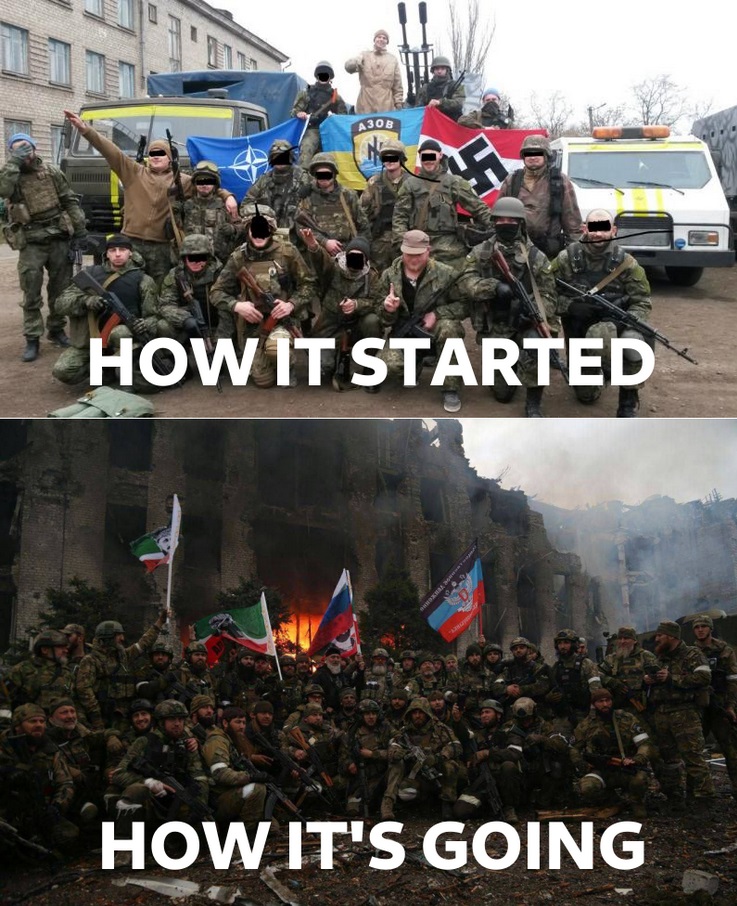

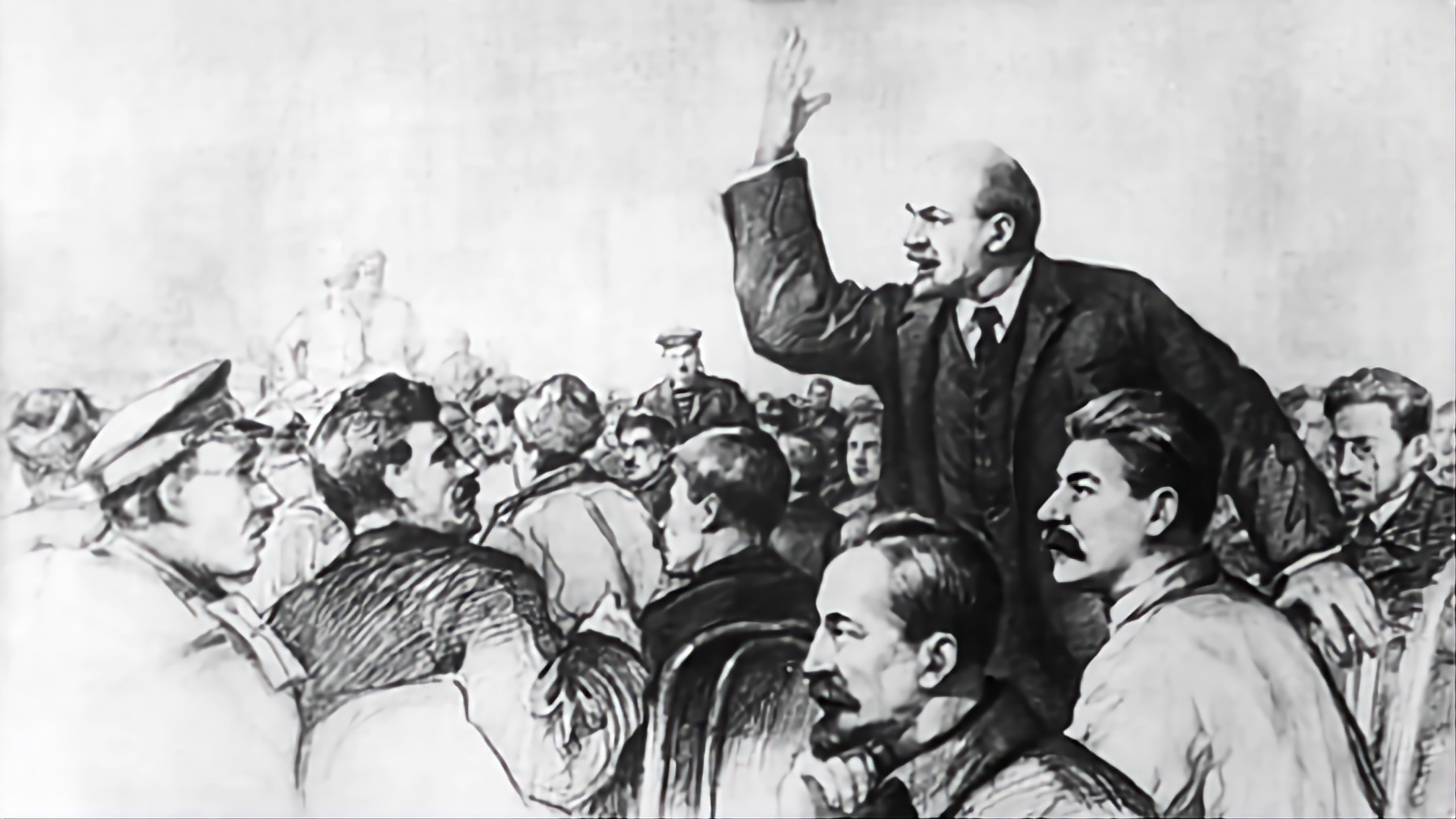
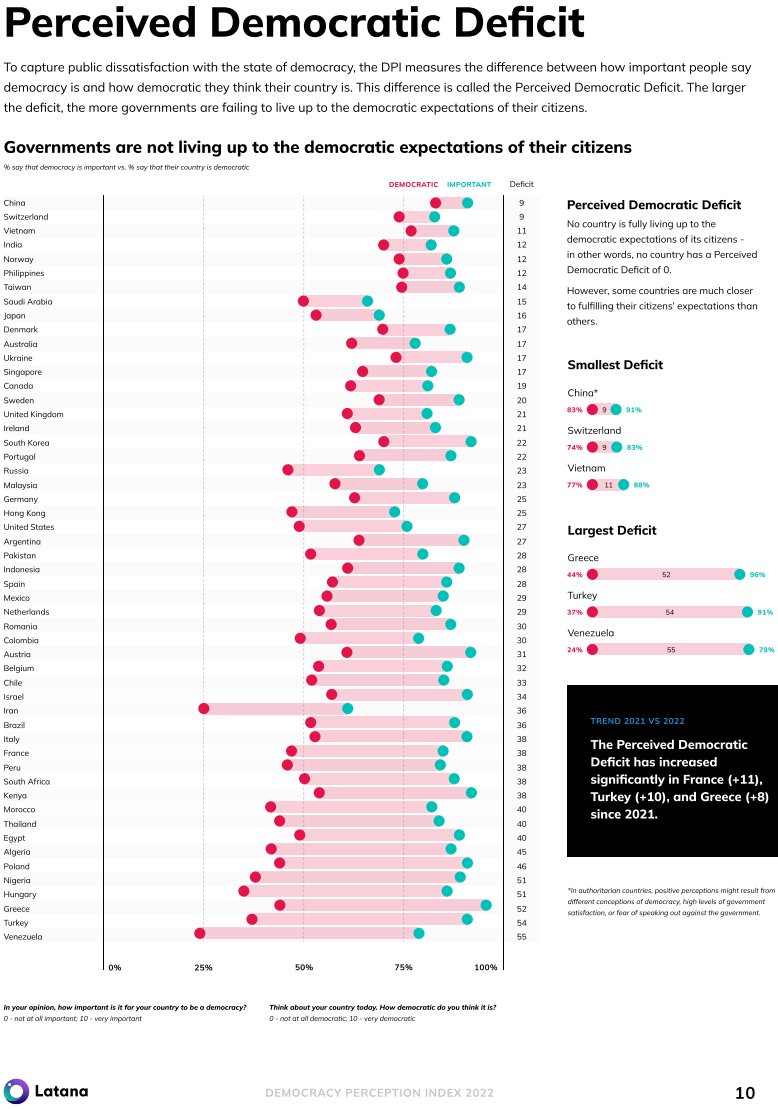
Chinese people both feel that their country is more democratic and that democracy is more important than USians do


Plaito


Oh man, what did the US and UK have that the USSR didn’t? That’s right, a giant fucking empire grinding hundreds of millions of third world slaves into the dirt.
And yet, even without that the USSR was growing so much faster it would have caught up to and surpassed them eventually - until they couped it, destroyed it and ravaged its people and economy.

Firstly, Budapest?? That’s a wild first example, either way here’s a book about it.
Secondly, I hope you understand the different between the USSR and the Russian Federation, but regardless
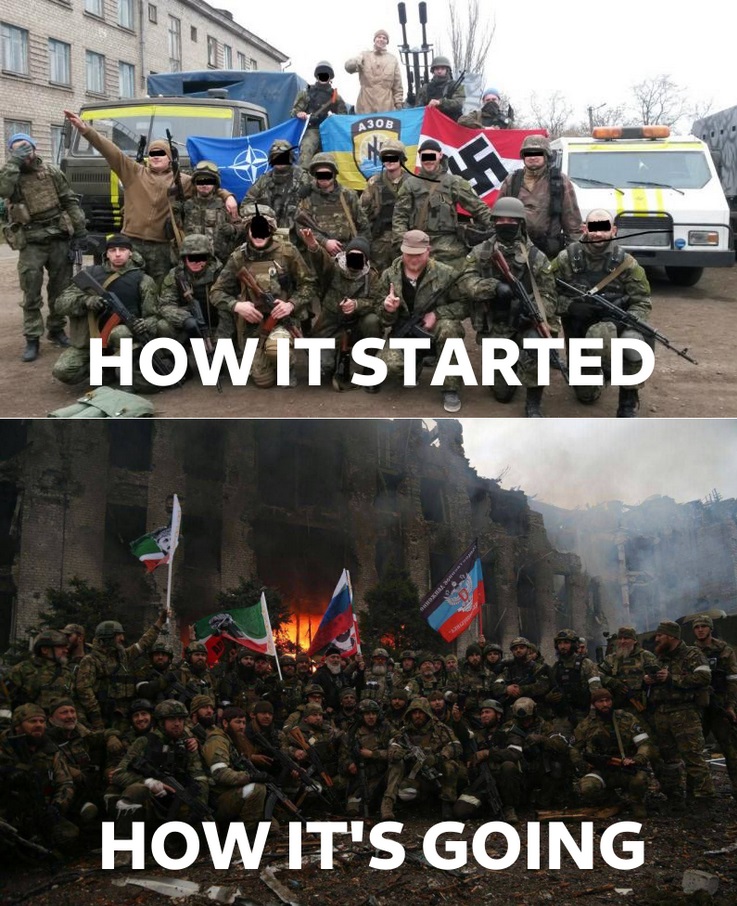
As in, is your understanding of the world able to generate an explanation for this image here?
If I were to explain it, I would say: NATO-backed Nazis took over Ukraine in a violent coup, started persecution and ethnic cleansing of the Russian-speaking minority in the Donbas region leading to a civil war, which Russia begrudgingly joined - eight years late - on the morally correct side. Russia tried de-escalating for nearly a decade, and even once the war started in earnest it could have ended just two months later in April 2022, but Zelensky tore up a peace deal on the orders of the west leading to the pointless slaughter of hundreds of thousands of Ukrainians - all in the name of being able to kill Ukrainian Russian-speakers. As a kicker: Zelensky’s mother tongue is Russian, he learned Ukrainian later.

It doesn’t “make me feel better”, it’s the objective historical truth.
There is a true sequence of events that actually happened in real life. That sequence can only be determined by the evidence left behind, the collecting and interpreting of which is a painstaking and fallible process - but through rigorous investigation the true history of the world CAN be reconstructed.
However, if you’re not the one investigating, then you have to assess the reconstructions presented by those who do. What biases do they have? Who is funding their research? In what context have they chosen to present it? Who disagrees with them, what are their alternative conclusions, what is the difference in quality of evidence and analysis?
And so I have to ask you, how did you come to your understanding of history? How many books have you read? By who? What have you heard and where? Who was telling you? What evidence did they present?
WHY ARE YOU SO SURE YOU’RE RIGHT?
What evidence have you personally been presented that gives you absolute confidence in your worldview? I can show you why I believe what I believe about history, can you show me why you do? For western anticommunist leftists, the answer is usually “No”, because your understanding of the history of existing socialism has been carried over whole-cloth from your lifelong capitalist indoctrination.
If any of this jogs you into a realization that your historical understanding is not based on any kind of solid evidence or research, I’d be happy to recommend some sources. More than happy in fact, I’d be thrilled! Read! You have to read history! If you don’t, your attempts to change the world will fail! Would you try to build a house without reading about the properties of wood, steel and concrete? How can you try to build a movement to improve the world without investigating those who went before you? Do you think you can just ‘freestyle’ it?!
Anyway, I’ll leave one book here in case it piques your interest - Blackshirts & Reds: Rational Fascism and the Overthrow of Communism by Michael Parenti - which was crucial to developing my personal understanding of the actual place of the USSR in world history, as well as understanding the material basis of fascism in capitalist society and why it is the direst mortal enemy of communism. You can take my suggestion to read it or you can ignore it, but either way at least be honest and don’t lie to yourself about the sources of your beliefs.

Okay, regardless of what political tendency you end up at, you really have to understand that none of those things are true. This is just a matter of history.
The USSR was not fascist, it was as far from fascism as any political system can possibly be. It was fundamentally anti-imperialist and was by far the most important actor in the defeat of European fascism in the 20th century, as well as in supporting national liberation movements across the world afterwards. Its collapse was devastating to workers’ and indigenous peoples’ rights globally.
Similarly, the USSR not only did not commit any genocides, not only was not antisemitic, but was essentially the only thing standing in the way of the total extermination of every single person from west Poland to Siberia by the German Nazis’ genocidal colonial expedition. Red Army prisoners of war were the first to die in the gas chambers of Auschwitz, and Red Army soldiers liberated it and stopped the Holocaust. The idea that the USSR committed genocide, whether by ‘intentionally causing famine’ or by any other means you may have heard, is a lie that provably originated with Joseph Goebbels himself, and was amplified by the media empire of US fascist William Randolph Hearst.
If you want any books or articles to read about any of this then I’ll happily provide them, but understanding the real history of the first socialist nation is absolutely crucial to both understanding the world as it is now and imagining how it can be changed for the better in the future.